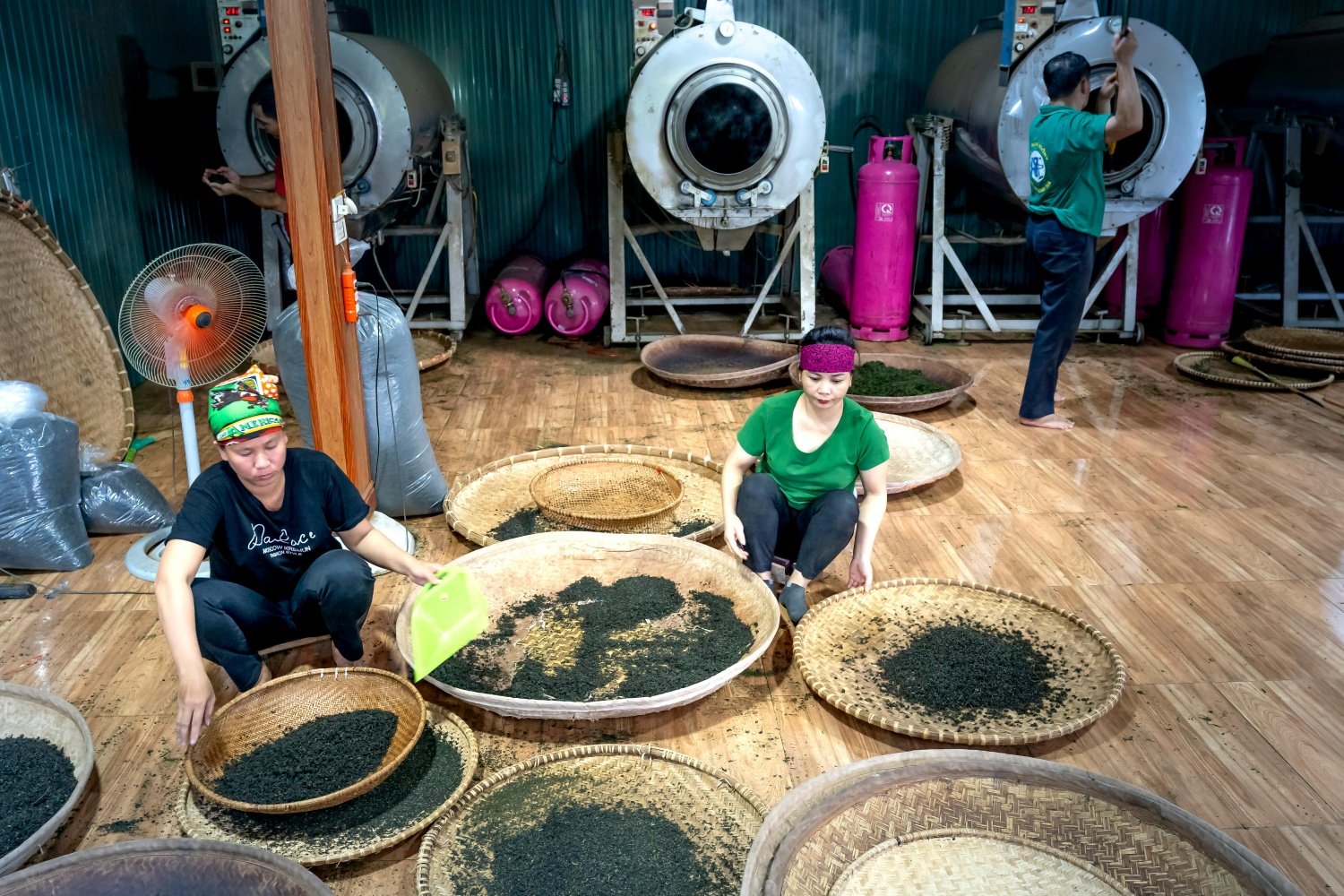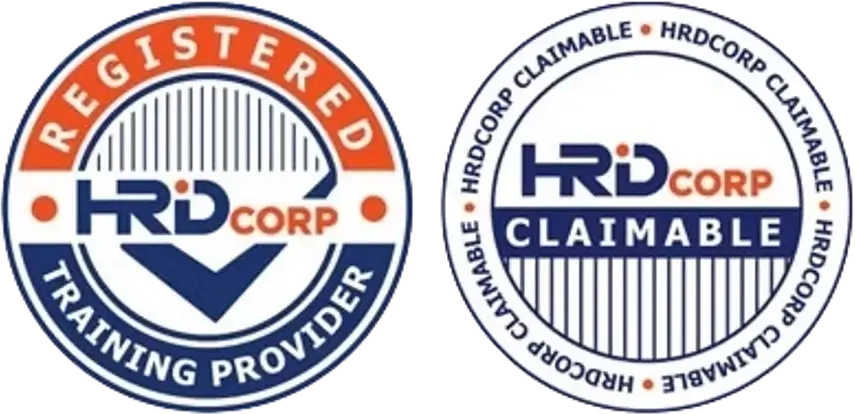Can ISO 22000 Help You Meet ESG or Sustainability Goals?
In today’s food industry, Environmental, Social, and Governance (ESG) performance is no longer a “nice-to-have”—it’s a business necessity.
But did you know your ISO 22000 Food Safety Management System (FSMS) can become a powerful tool in supporting your sustainability and ESG efforts?
Let’s break it down.
🌱 How ISO 22000 Aligns with ESG Goals
🔹 Environmental (E)
ISO 22000 encourages:
-
Waste reduction through efficient process controls
-
Food loss minimization by preventing contamination and spoilage
-
Energy and resource efficiency via better planning of operations
-
Environmentally sound supplier choices through purchasing policies
🔹 Social (S)
The standard supports:
-
Safe food production for public health protection
-
Employee safety and hygiene training
-
Clear responsibilities and empowerment through documented roles
-
Transparency and accountability in food safety reporting
-
Crisis communication plans to protect consumers and stakeholders
🔹 Governance (G)
ISO 22000 emphasizes:
-
Leadership accountability for food safety
-
Structured risk management and decision-making
-
Documented procedures and traceability
-
Audit trails that support ESG reporting
-
Third-party certification for external validation

🛠 How ISO 22000 Processes Directly Contribute to ESG Implementation
1. Hazard Analysis = Risk Transparency
-
Identifies potential biological, chemical, physical risks
-
Can be extended to include environmental and ethical risks
2. Control Measures = Preventive Action
-
PRPs and OPRPs reduce product waste and recalls
-
Helps meet zero-waste and resource efficiency goals
3. Supplier Evaluation = Ethical Sourcing
-
ISO 22000 requires approval of suppliers
-
Include ESG criteria in vendor selection for added impact
4. Internal Audits = Governance Strength
-
Scheduled audits improve internal controls
-
Supports ESG transparency and continual improvement
5. Management Review = ESG Oversight
-
Top management is already involved under Clause 5
-
Align food safety KPIs with ESG performance metrics
📊 Practical Examples of ESG Support from ISO 22000 Activities
-
Use non-toxic cleaning agents to align with environmental goals
-
Reduce transport-related CO2 emissions by optimizing logistics within HACCP plans
-
Improve working conditions and hygiene standards under PRPs
-
Implement digital traceability for better reporting and sustainability tracking
-
Use audit results to identify both food safety and ESG gaps
✅ Benefits of Linking ISO 22000 with ESG Strategy
-
✔ Strengthens brand image with eco- and socially-conscious consumers
-
✔ Builds stakeholder trust with verifiable systems
-
✔ Helps you qualify for green investment or ESG-focused buyers
-
✔ Supports compliance with local and international sustainability regulations
-
✔ Reduces duplication—one system supports both food safety and sustainability
📌 Tips to Enhance ESG with ISO 22000
-
Integrate ISO 22000 with ISO 14001 (Environmental) and ISO 45001 (Occupational Health & Safety)
-
Add sustainability-related risks to your hazard assessment
-
Use internal audits to evaluate ESG KPIs alongside FSMS
-
Align documentation with GRI, SASB, or SDG reporting frameworks
-
Communicate your FSMS efforts as part of CSR or ESG reports

🏁 Final Thoughts
Yes—ISO 22000 can absolutely support your ESG journey.
While it’s designed for food safety, its risk-based structure, traceability systems, and strong governance align naturally with modern sustainability goals.
Whether you’re aiming for better environmental performance, fairer social impact, or stronger governance, your FSMS can be part of the solution.
Want to find out how to link your ISO 22000 program with ESG reporting frameworks or build an integrated sustainability plan?
👉 Contact CAYS Scientific today for ISO consultancy that bridges compliance and purpose.


